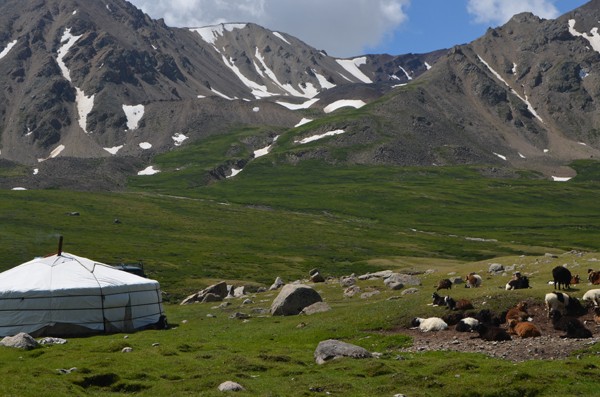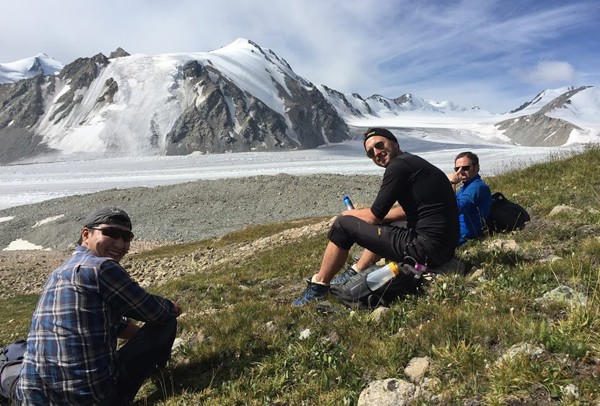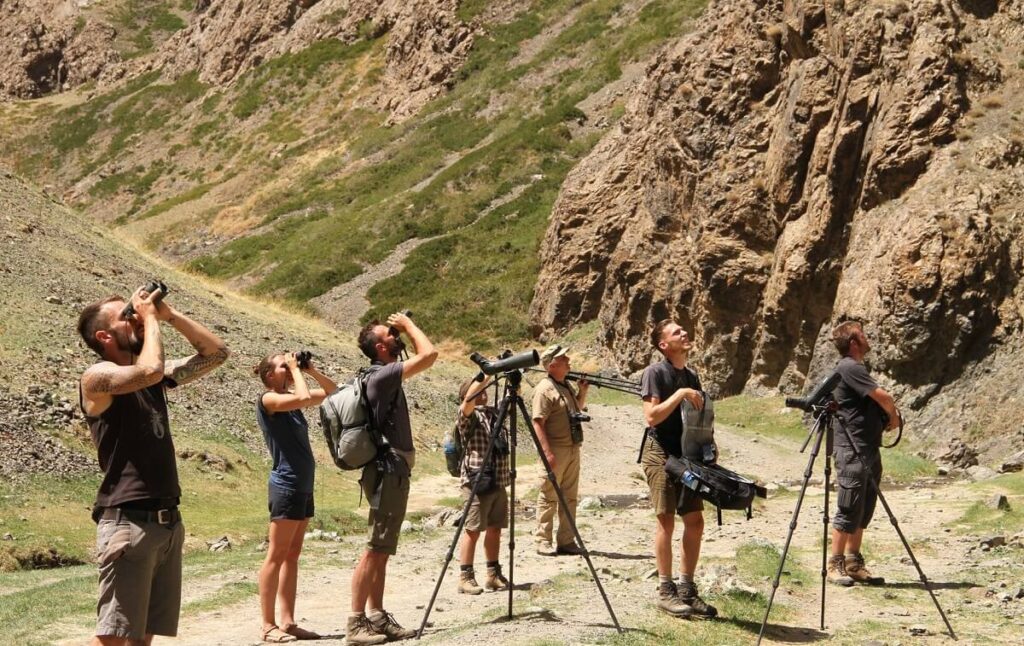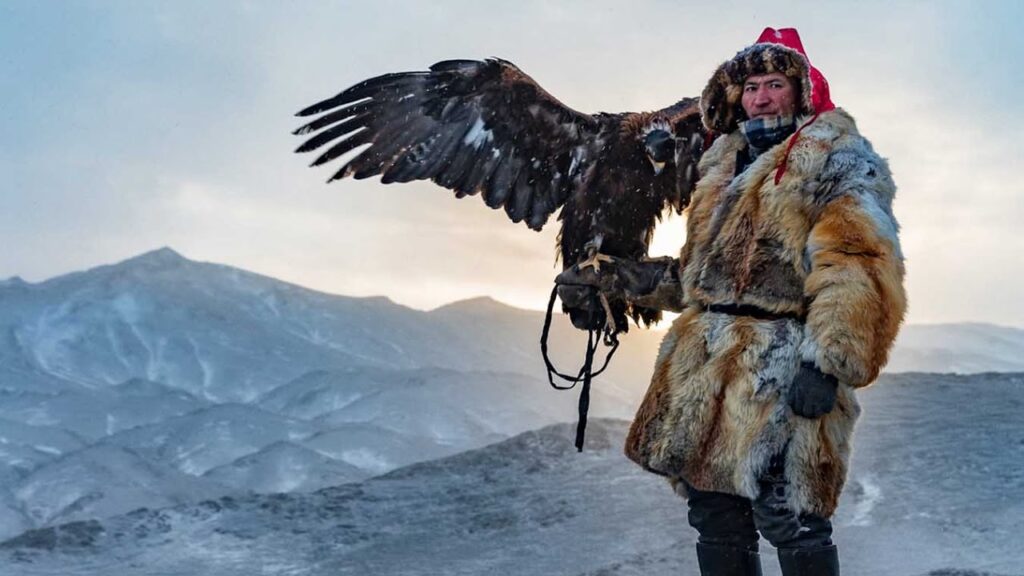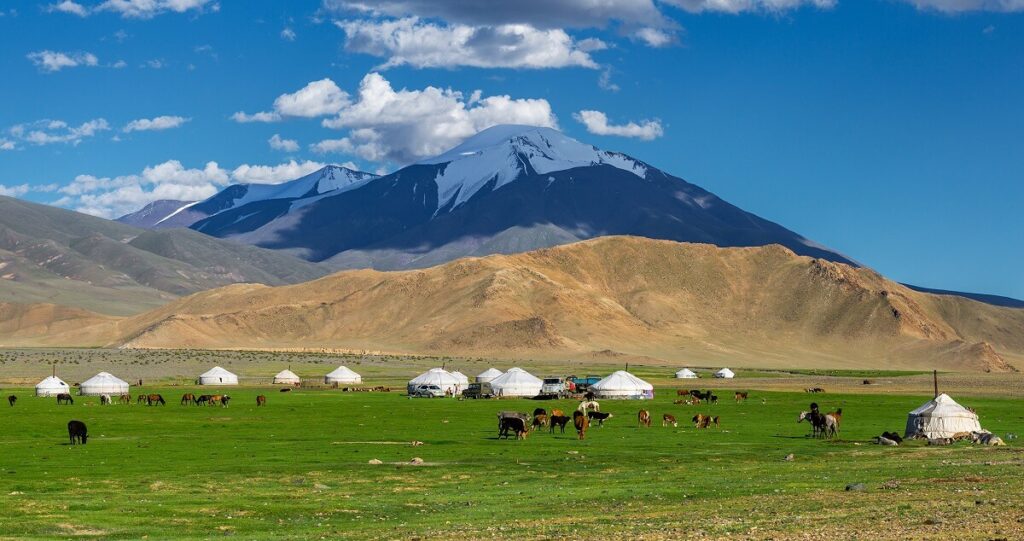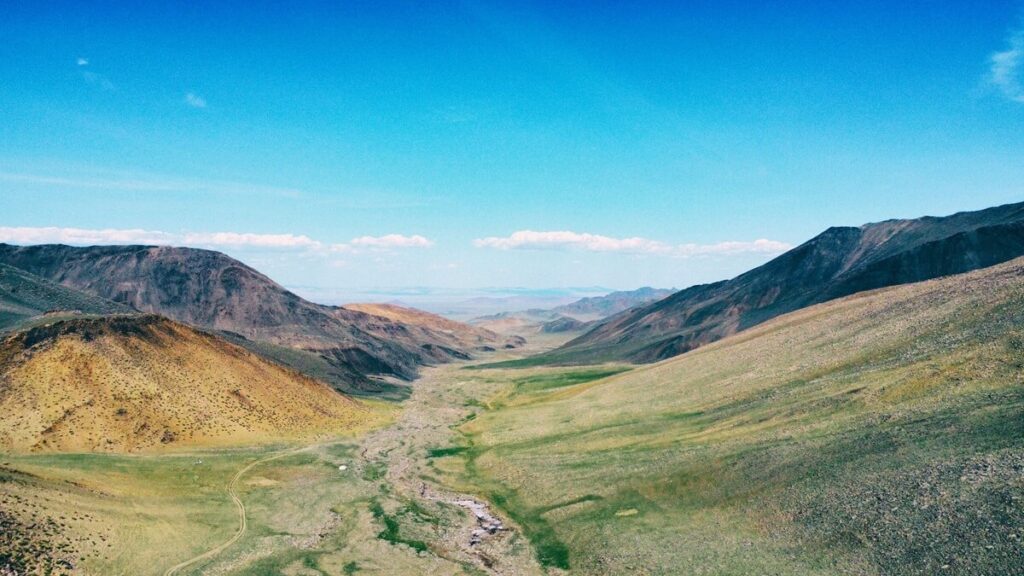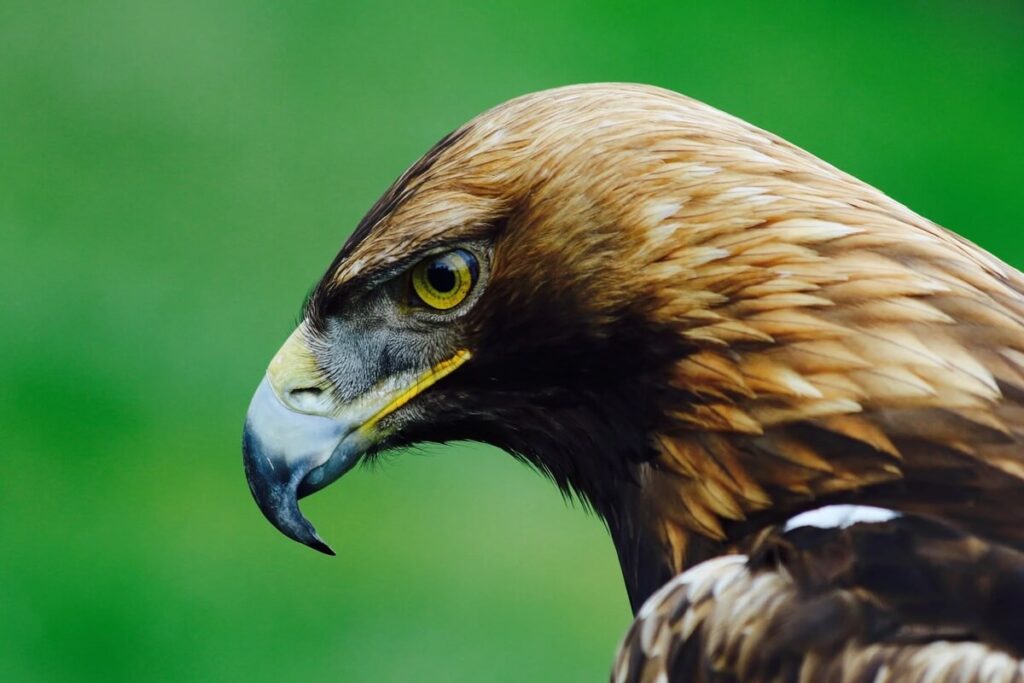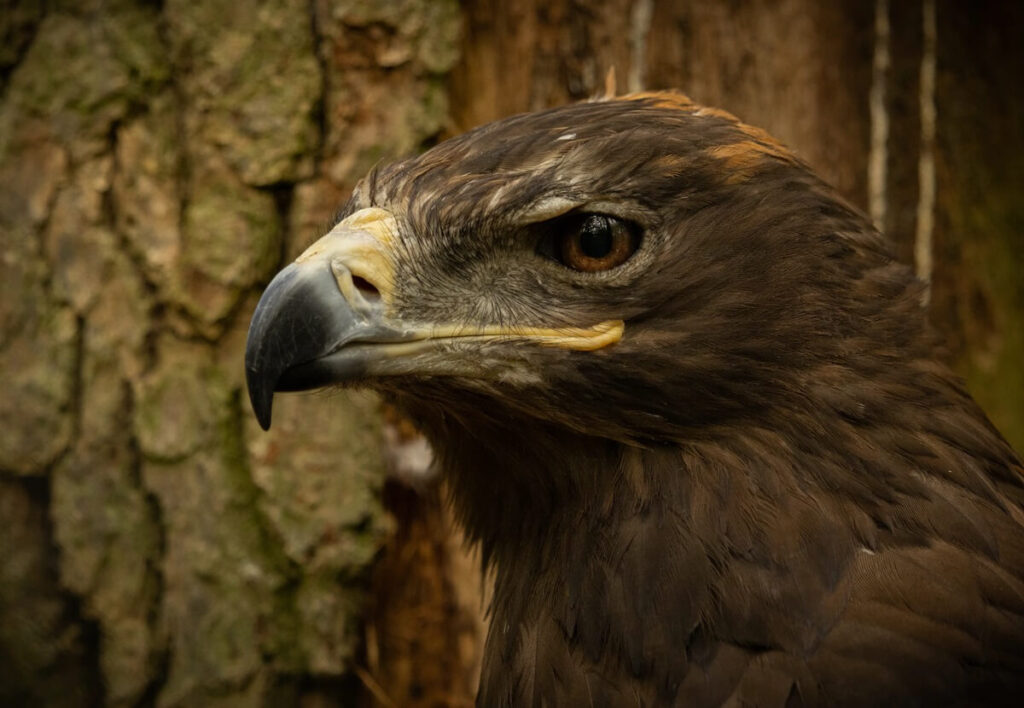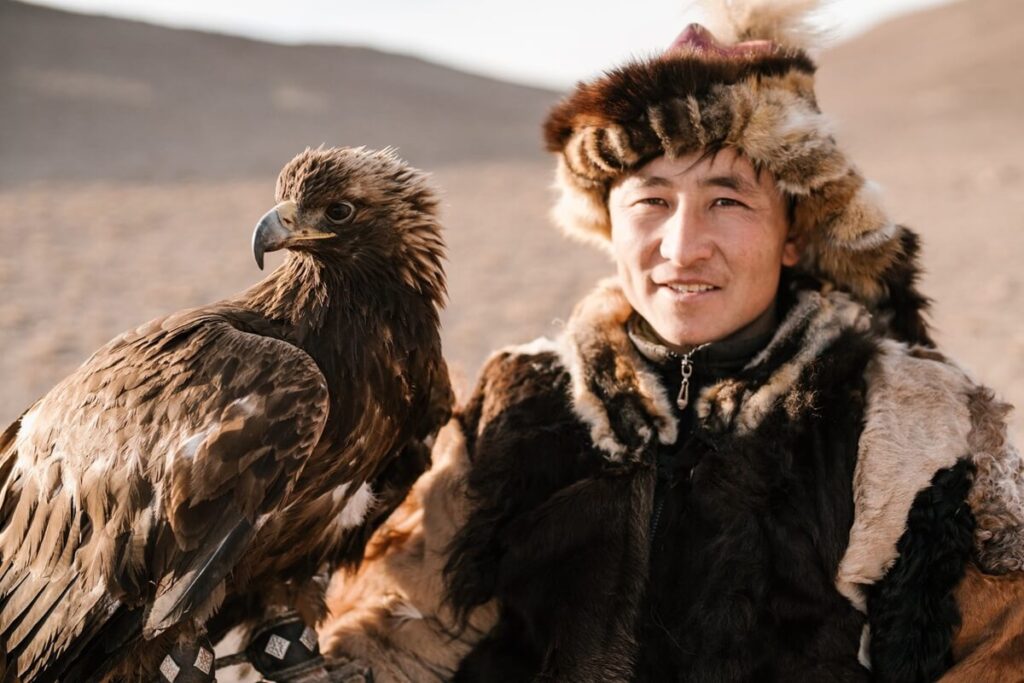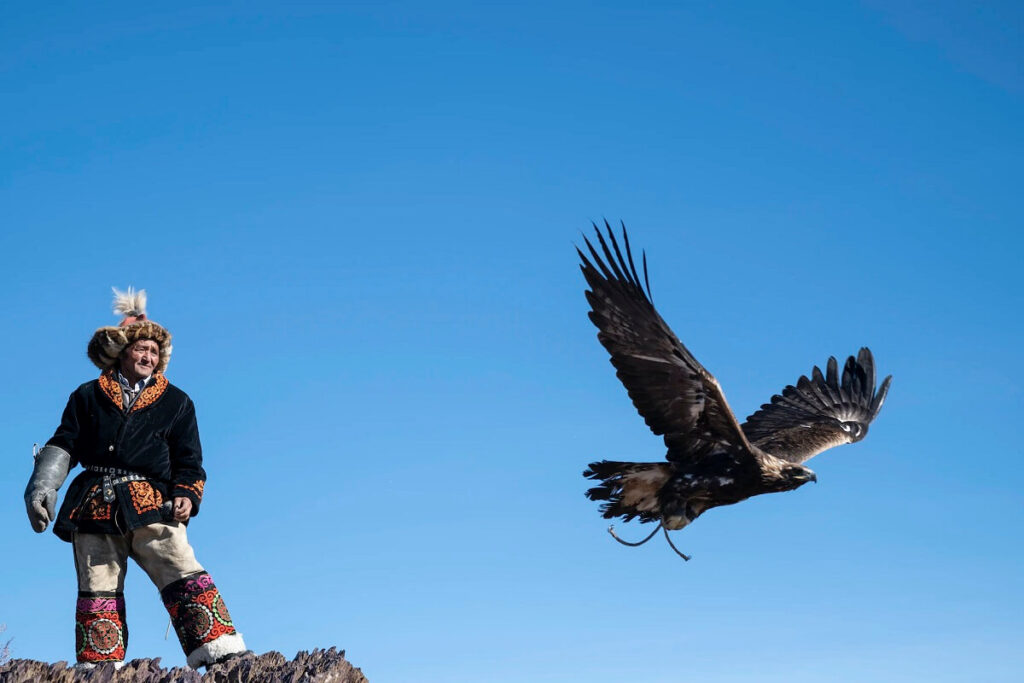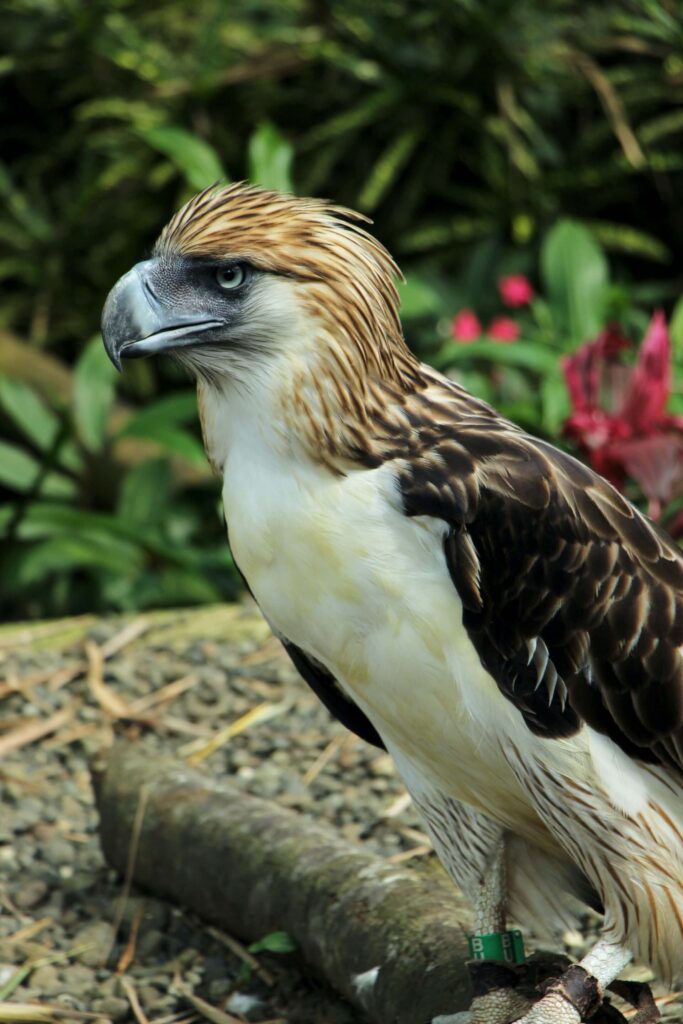In the vast expanse of Mongolia, where the rugged terrain and the boundless blue skies meet, a captivating tradition unfolds that resonates with a sense of mastery, culture, and the deep connection between humans and nature.
Eagle hunting in Mongolia is an ancient practice that has been passed down through generations, it is not only a display of remarkable skill but also a profound reflection of the relationship between humans and these majestic birds of prey. In this article, we delve into the captivating world of eagle hunting in Mongolia, exploring its historical significance, the artistry involved, and the bond forged between the hunters and their feathered companions.
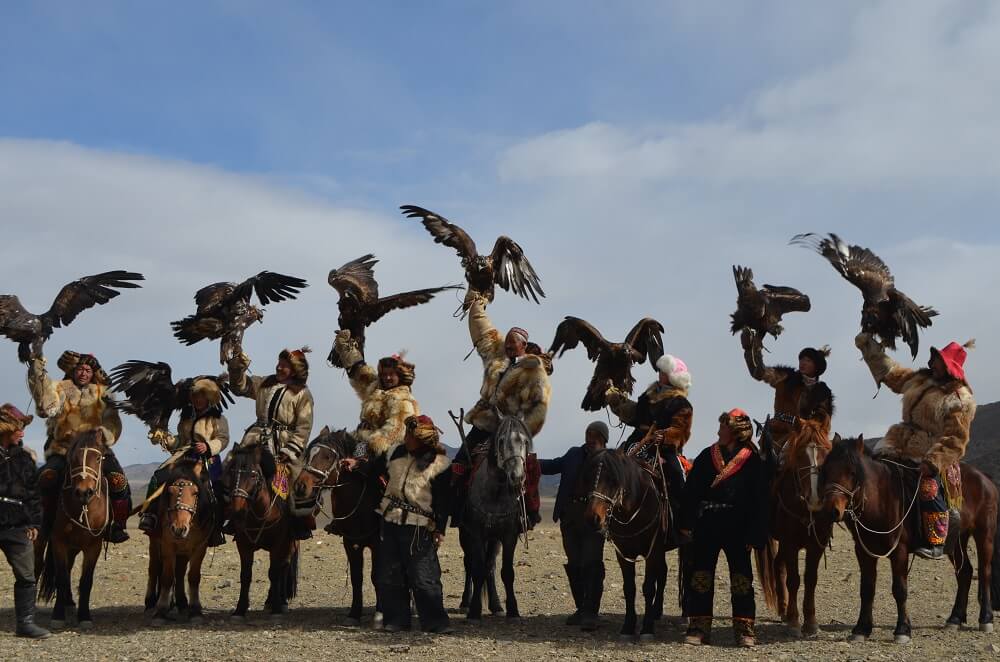
A Glimpse into History of Eagle hunting in Mongolia
Eagle hunting, also known as falconry, has been an integral part of Kazakh culture for centuries. Rooted in the nomadic lifestyle of the region, this practice was initially developed as a means of survival. For countless centuries, Kazakh nomads have roamed the vicinity of the Altai Mountains tending to their livestock.

Following the Mongolian revolution of 1921, an enduring border was drawn, dividing Mongolia from China and Russia. As a result, the Kazakh herders found an unexpected abode within the borders of Mongolia. Nowadays only in western Mongolia, the Kazakh buckthorn hunts with horses and eagles. This is an ancestral heritage passed down through generations.
The vast Mongolian landscape presented challenges of both climate and terrain, and the people needed a way to harness the natural resources around them for sustenance. Thus, the art of training eagles to assist in hunting emerged.
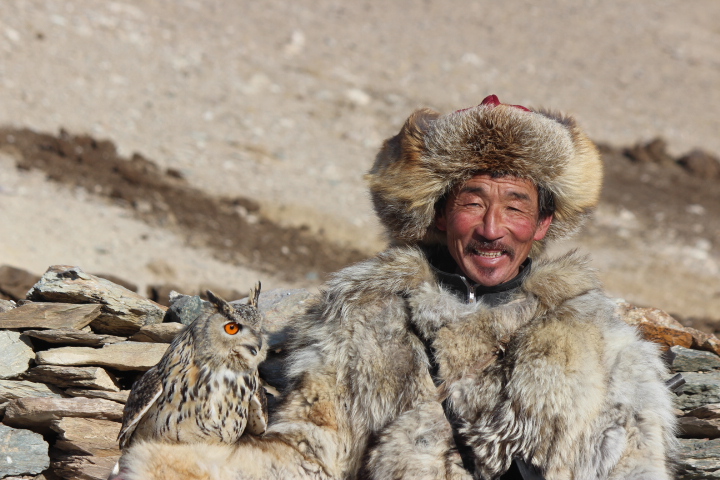
The Art of Training
Eagle hunting is not a mere task; it is an art that demands patience, dedication, and a deep understanding of avian behavior. Young eaglets are captured from their nests and brought up in the intimate company of their human handlers. According to one Kazakh eagle catcher, all Kazakh children enjoy eagle training and scouting. By the time they are 12 or 13, eagle catchers will have their own eagle.
The bond formed between the hunter and the eagle is profound, built on trust and mutual respect. The training process involves teaching the eagle to respond to specific commands, to spot prey from great distances, and to return to the hunter with their catch.
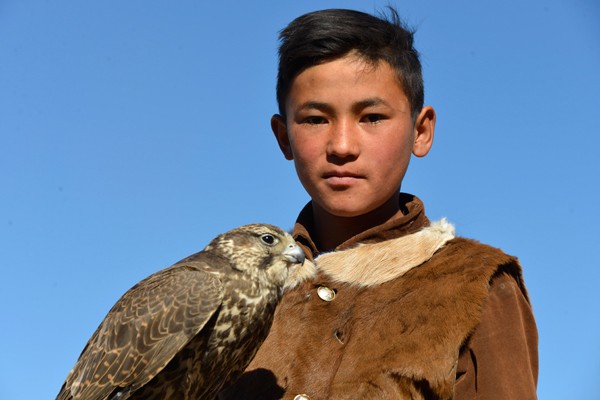
When Mongolian eagle hunters make their choice, they usually choose female eagle. These females not only possess a larger body size but also exhibit greater bravery compared to their male counterparts. However, the practice of capturing these female eagles during their breeding years has a significant impact on the overall population growth.
To address this challenge, eagle hunters typically release their eagles after a span of 6 to 7 years, with the goal of ensuring a stable and balanced eagle population.
The partnership between the eagle and the hunter is a testament to the harmony that can exist between humans and the animal kingdom. The eagle’s keen eyesight, incredible speed, and deadly talons are perfectly complemented by the hunter’s knowledge of the land, wind patterns, and prey behavior. This harmony results in a successful hunt that is not only a triumph of skill but also a beautiful display of nature’s synergy.
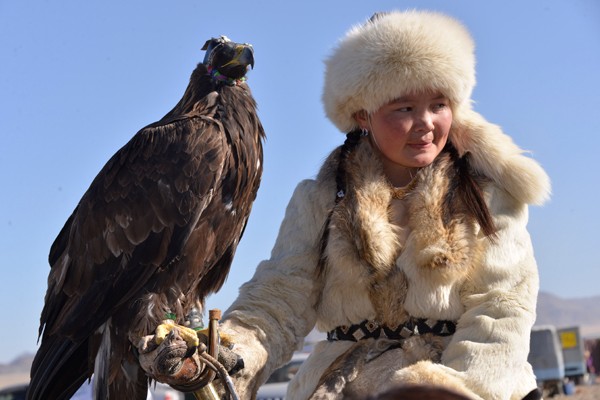
Preserving Tradition in the Modern Age
In today’s rapidly changing world, the practice of eagle hunting faces numerous challenges. Modernization, urbanization, and changing societal dynamics have all contributed to a decline in the number of eagle hunters. However, a passionate community of individuals and organizations is dedicated to preserving this ancient tradition.
Festivals and competitions such as Golden Eagle Festival celebrating eagle hunting have gained international attention, shedding light on the significance of this practice and its cultural importance. And if you want you can visit Mongolian Eagle hunter anytime in Mongolia with us.

